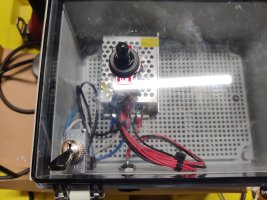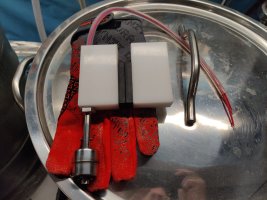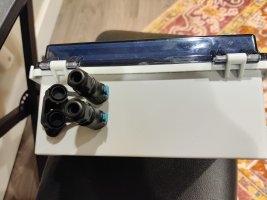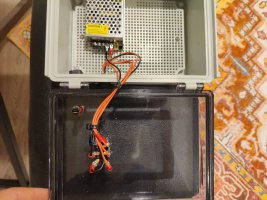Hoosier-Brewer
Well-Known Member
I have searched and searched here and elsewhere and I can't find the solutions that I want. It took an hour to put 8.75 gallons in the kettle last weekend.
I am looking for a way to automate the filling process and it would be awesome if I could find a way to control it with my phone and even alexa. I can set the water to my desired flow rate the night before, but any ideas on a fairly simple way to start the water flowing from my phone? I brew in a separate 2400SF building that is my man cave we call the Lodge.
I was looking at the Brewtroller motorized valve and others like it, but the automating part is where I am falling short. The other thing I want to do is set a certain amount of water and then have it auto shutoff. At this point I'm not interested in further automation like starting the EVB-SV system, just filling and measuring. I am willing to spend some money on the right solution if anyone has any good ideas. Any ideas appreciated.
I am looking for a way to automate the filling process and it would be awesome if I could find a way to control it with my phone and even alexa. I can set the water to my desired flow rate the night before, but any ideas on a fairly simple way to start the water flowing from my phone? I brew in a separate 2400SF building that is my man cave we call the Lodge.
I was looking at the Brewtroller motorized valve and others like it, but the automating part is where I am falling short. The other thing I want to do is set a certain amount of water and then have it auto shutoff. At this point I'm not interested in further automation like starting the EVB-SV system, just filling and measuring. I am willing to spend some money on the right solution if anyone has any good ideas. Any ideas appreciated.


















![Craft A Brew - Safale S-04 Dry Yeast - Fermentis - English Ale Dry Yeast - For English and American Ales and Hard Apple Ciders - Ingredients for Home Brewing - Beer Making Supplies - [1 Pack]](https://m.media-amazon.com/images/I/41fVGNh6JfL._SL500_.jpg)













































